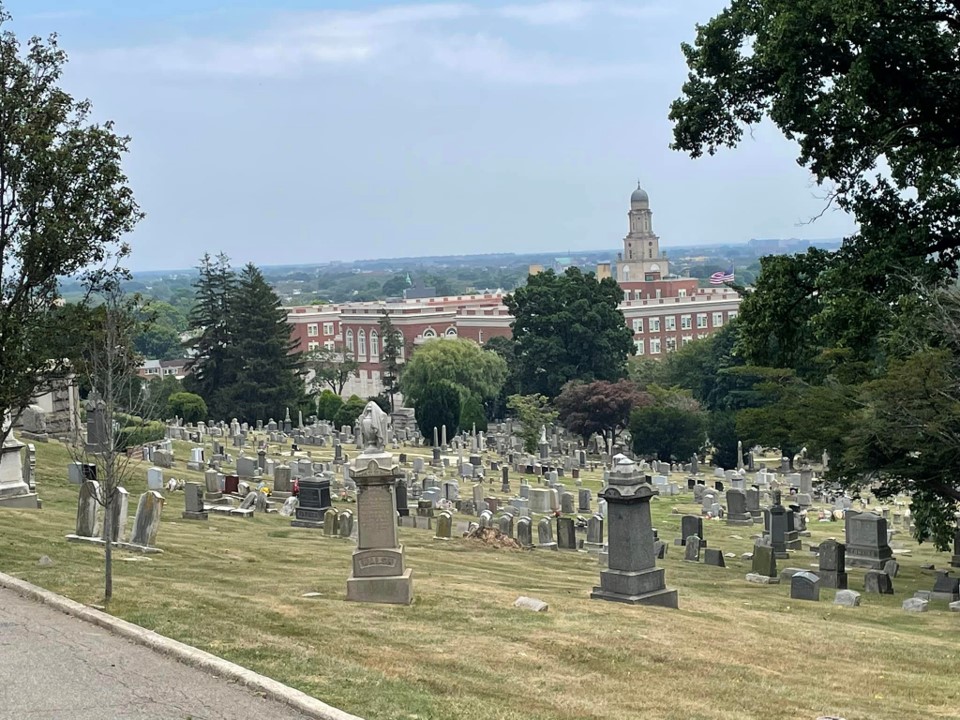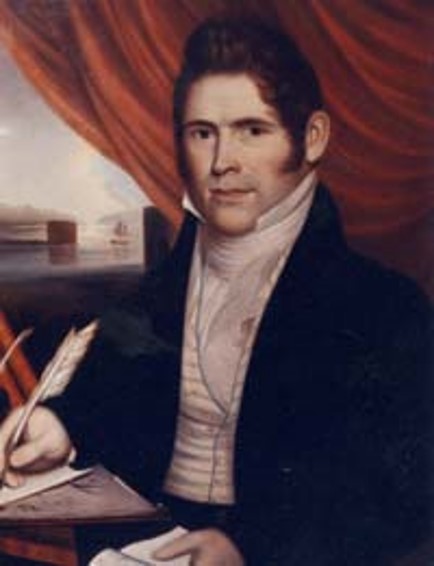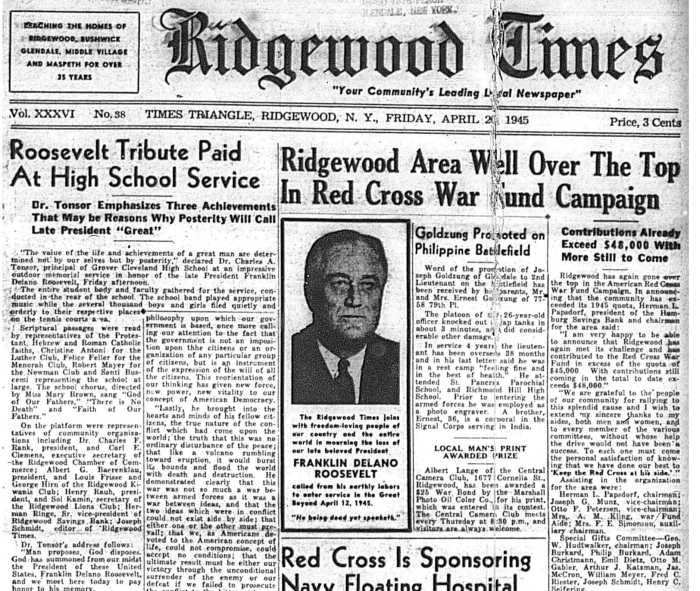The story of John R. Pitkin is one of ambition, determination and resilience. Born the son of a shoemaker, Pitkin left home at the tender age of 12 to carve his own path. He started as a farmhand, earning as little as $5 a month, and gradually saved enough to fund his education. Armed with knowledge and hard work, he began a dry goods business that soon brought in an impressive $100,000 annually—a substantial fortune in the early 19th century.
Pitkin’s success allowed him to pursue a grand dream: the creation of a new city called East New York. His vision was for a thriving metropolis stretching from Brooklyn to Jamaica. He began acquiring land from the area’s original Dutch settlers, including the Lotts, Van Siclens, Wyckoffs and Snedickers.
However, Pitkin’s ambitious plans were derailed by the Panic of 1837, an economic crisis that devastated businesses and individuals alike. Pitkin was forced to sell off most of his holdings, retaining only a parcel of land he named Woodville, established on July 1, 1835.
Woodville, as it turned out, was a strategic investment. Three major roads intersected in this area: the railroad from Brooklyn to Jamaica (along Atlantic Avenue), the main road from Flushing to the Rockaways (today’s Woodhaven Boulevard) and the Jamaica Plank Road (now Jamaica Avenue). These thoroughfares brought travelers, workers and commerce to Woodville, spurring its growth.
The nearby Union Course racetrack also attracted large crowds, boosting the demand for local businesses like hotels and restaurants. The population steadily grew, and Woodville began to develop into a bustling village.
In 1853, Woodville’s residents applied for a U.S. post office, only to discover that another Woodville already existed in Jefferson County, New York. Undeterred, the villagers decided to rename their community. Among the proposed names was “Edgewood,” a nod to the dense timber surrounding the area. Ultimately, however, Pitkin’s suggestion of “Woodhaven” won out, reflecting the village’s connection to the wooded landscape and its promise of a bright future.
The original village of Woodhaven stretched far south of Atlantic Avenue, with the area between Atlantic and Jamaica Avenues developing more slowly. Eventually, homes began to populate this section, and the farmland between Jamaica Avenue and Park Lane South gave way to residential development during a population boom.
Real estate developers created distinct neighborhoods within Woodhaven, naming them Wyckoff Park, Simpson Park, Columbia Park, Napier Park, Eldert Park, Belmont Park and Chester Park. While most of these names faded into history, two notable sections left a lasting mark.
Brooklyn Manor, located east of Woodhaven Boulevard and north of Jamaica Avenue, shared its name with a Long Island Rail Road station on the Rockaway Beach branch. Another area, initially a small section surrounding the Ozone Park station of the same rail line, was called Ozone Park, inspired by its reputedly healthy ocean breezes. Ozone Park eventually grew into its own distinct community.
John R. Pitkin’s vision for East New York may not have fully materialized, but his efforts laid the groundwork for communities that thrive to this day. Woodhaven, born from his foresight and determination, continues to be a vibrant neighborhood, while Ozone Park flourished as a unique extension of his legacy.

Today, Pitkin rests in Cypress Hills Cemetery, high on a hill overlooking the communities he helped establish nearly two centuries ago. From his ambitious plans to the lasting names and neighborhoods that grew from them, Pitkin’s legacy endures as a testament to the power of vision and perseverance.




































